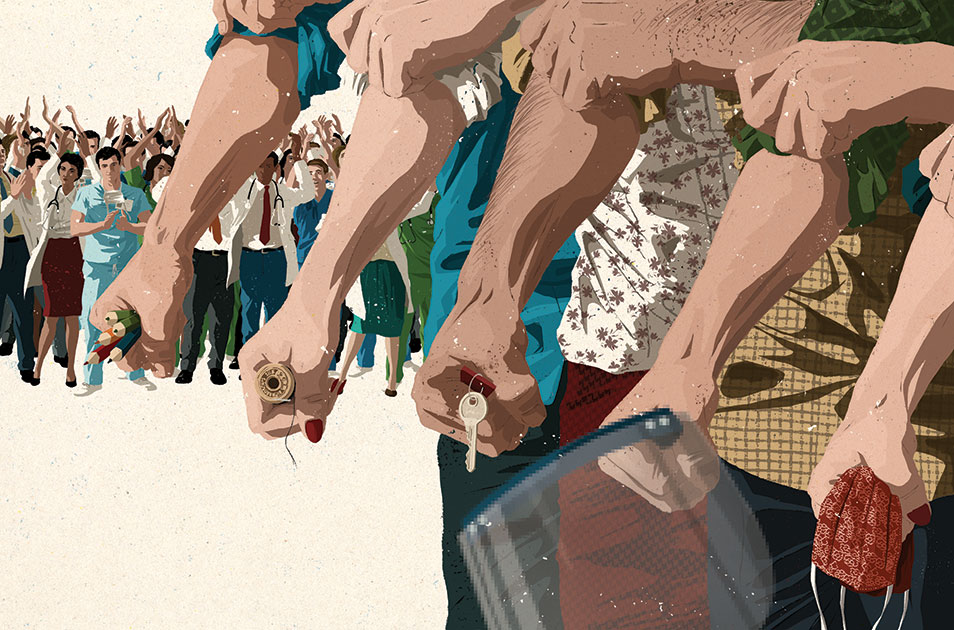Contact us
401 W. Kennedy Blvd.
Tampa, FL 33606-13490
(813) 253-3333
As the COVID-19 pandemic began gripping the globe this past spring semester, many faculty, staff, students and alumni came up with creative – and inspiring – ways to help.


Faculty member Emma Quintana in UT’s Fab Lab


Eric Freundt, director of the Office of Undergraduate Research and Inquiry, has a doctorate in virology.



Doug Weigelt ’13 (left) and colleagues in Texas on Feb. 20
More UT News